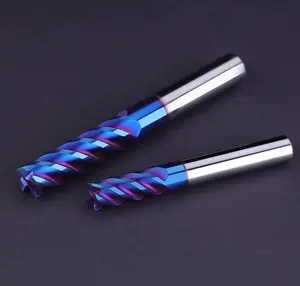About products and suppliers
Alibaba.com cung cấp các sản phẩm 150 máy cắt xì gà hoàn hảo. Có rất nhiều máy cắt xì gà hoàn hảo lựa chọn dành cho bạn, chẳng hạn như quà tặng cửa hàng, lưu niệm cửa hàng, và khách sạn. Bạn cũng có thể chọn từ đen, đầy màu sắc, và bạc máy cắt xì gà hoàn hảo. Cũng như từ cổ điển, hiện đại, và tối giản máy cắt xì gà hoàn hảo.Và bất kể máy cắt xì gà hoàn hảo là giáng sinh, lễ tạ ơn, hay năm mới của.













